

Matt Campbell
2026 Hyundai Tucson Hybrid review
1 Hour Ago
The Renault-Nissan-Mitsubishi Alliance claims its CMF is a sharing of parts, not platforms. What’s the difference and what are the benefits?

Contributor
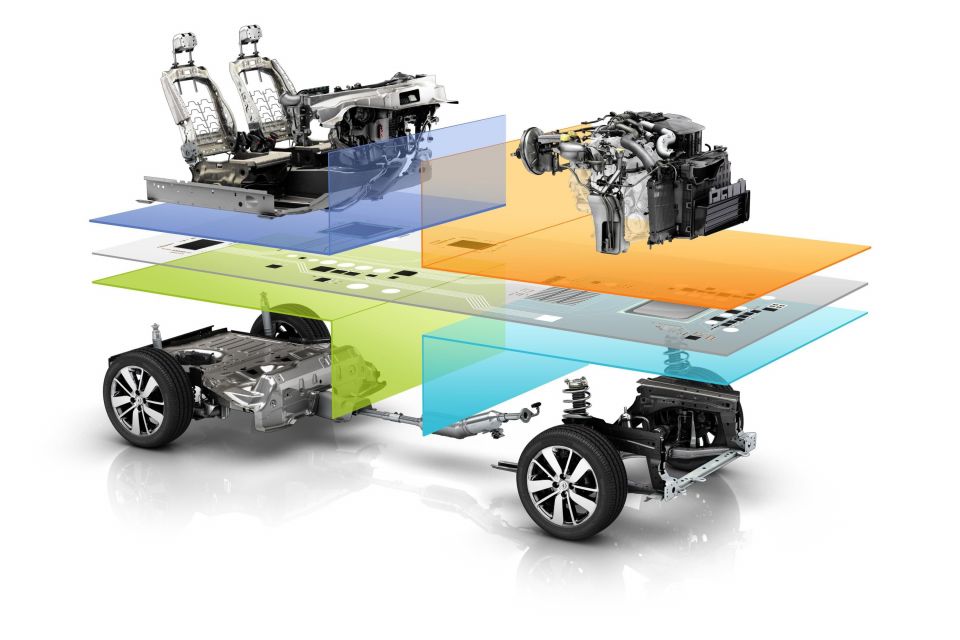

Contributor
Platform and parts sharing can help automakers reduce costs and increase economies of scale.
While Volkswagen, for example, has its MQB and MEB “toolkits”, the Renault-Nissan-Mitsubishi Alliance has what it calls its CMF. But just what is it, and how does it work for these three very different companies?
MORE: MEB: The Volkswagen Group’s big EV bet

CMF stands for Common Module Family, and the Alliance claims that rather than being an architecture or platform by itself, that it is instead a ‘parts library’ of compatible ‘Big Modules.’
For example, engineers and designers developing a new car using the CMF will be able to choose from a variety of engine bay designs, and then match these to suitable front underbodies and cockpits based on the requirements such as vehicle size and range of powertrains desired.
For the Alliance, CMF appears to be a rational decision. Unlike the Volkswagen Group where brands such as Skoda, VW and Audi are wholly owned, the Alliance has a far more complex structure, whereby Renault and Nissan (which also owns a controlling stake in Mitsubishi) each have cross-shareholdings, and have formed a ‘strategic alliance’, but are otherwise formally independent.
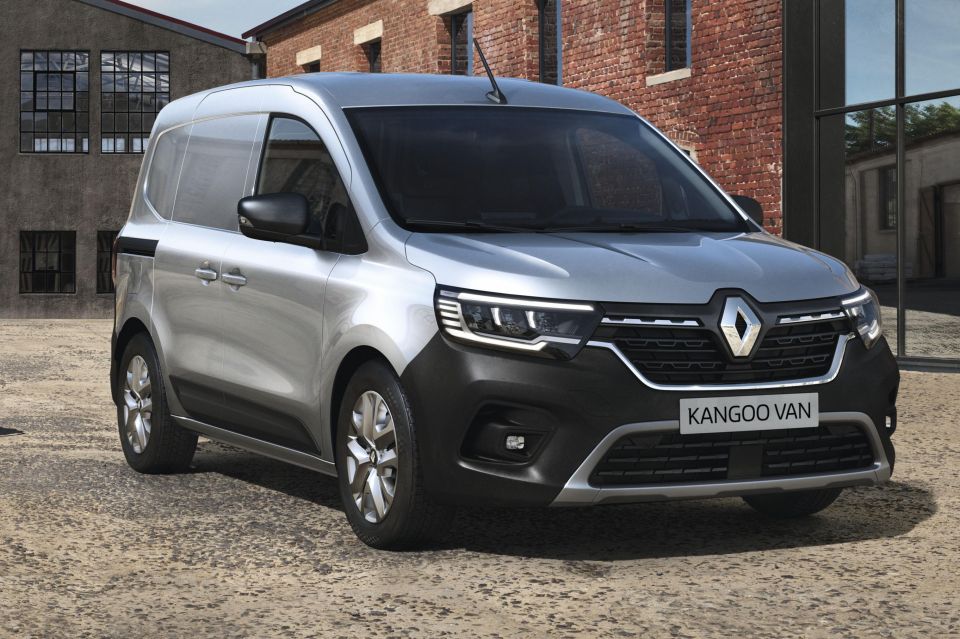
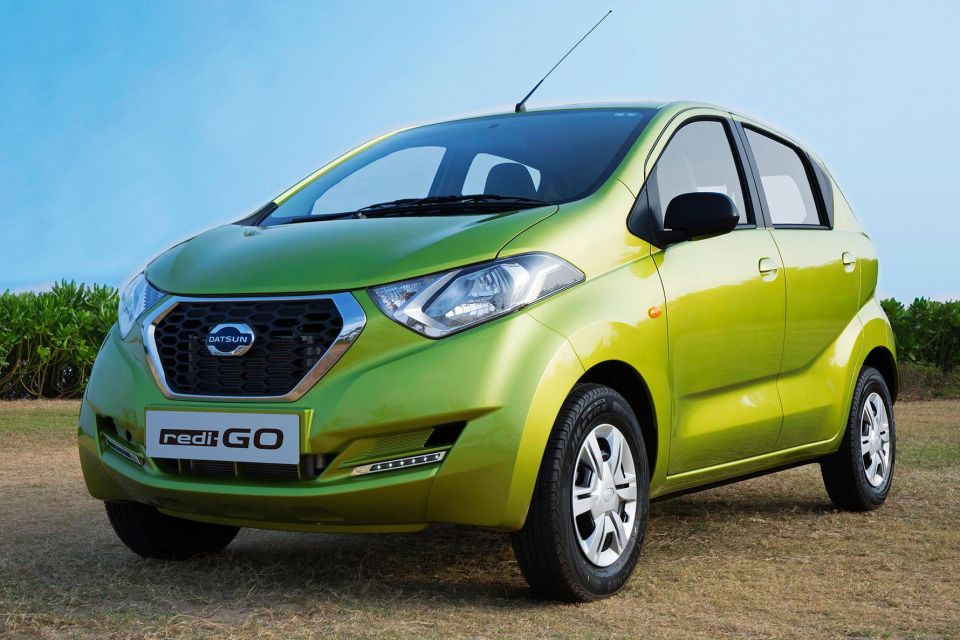

This means that each manufacturer brings a slew of its own platforms to the Alliance, and that CMF can be used with these platforms. This acts almost as a bridge to increase parts commonality between otherwise disparate cars, and helps standardise the use of certain components across all Alliance vehicles.
This may not bring the same cost savings as directly having a single platform that can underpin a range of cars, the Alliance estimates that economies of scale allow for a 20-30 per cent cost reduction across the procurement of parts (for the Alliance overall), while also facilitating a 30-40 per cent reduction per vehicle in product and process engineering.
Platforms often require a single electronic architecture, infotainment system and other technology (such as advanced driver assistance systems) must be used across all cars built off them, however the notion that CMF is a collection of parts also allows the Alliance to be more flexible and responsive to changes in this regard.
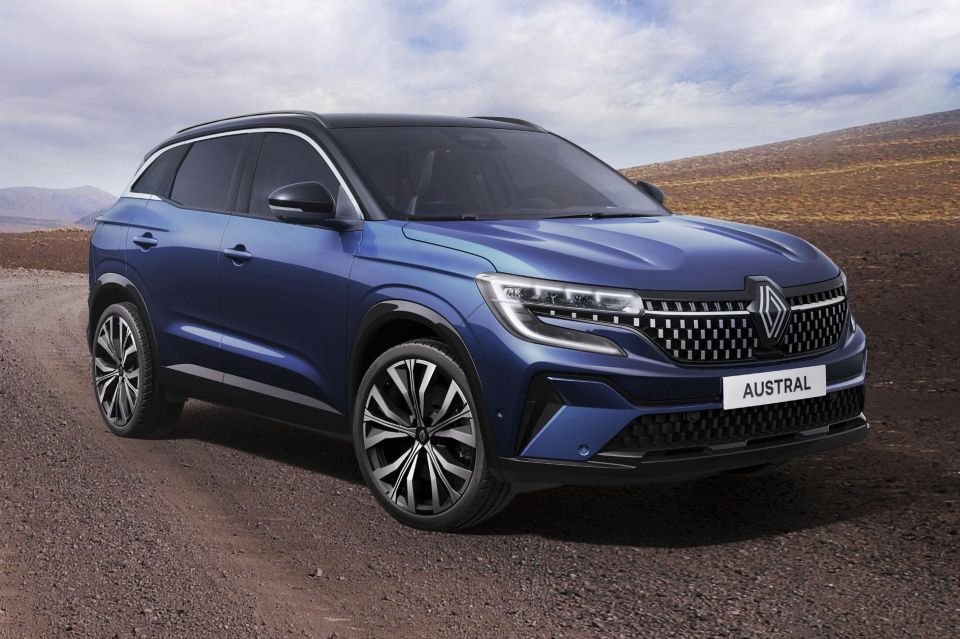
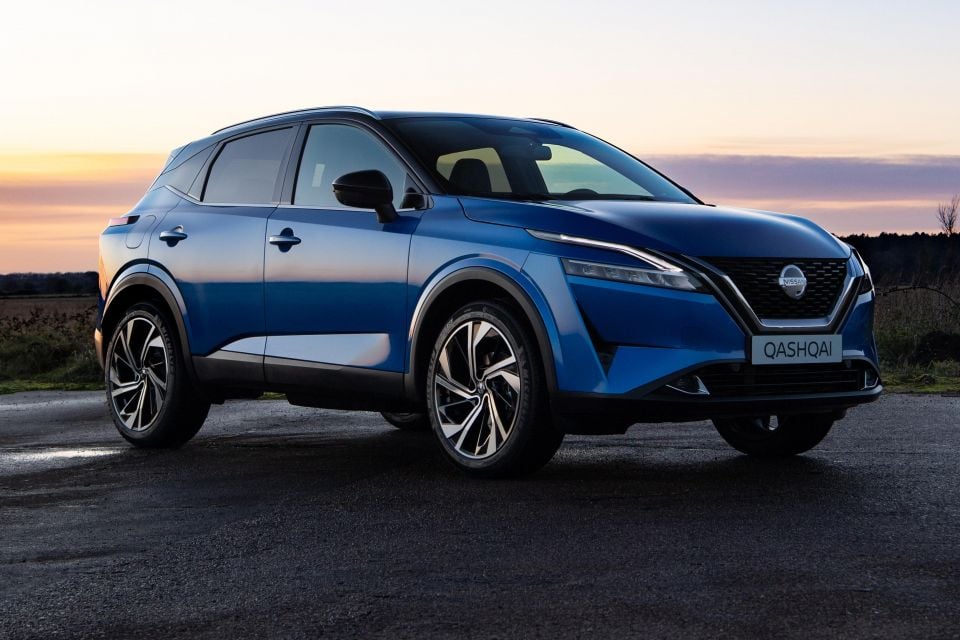
For example, the recently unveiled Renault Austral and Nissan counterparts such as the Qashqai both incorporate the CMF, but also provide flexibility for Renault to use Android Automotive as the basis for its infotainment, while Nissan has the freedom to use an in-house infotainment system.
This also facilitates futureproofing in other areas, such as electric vehicles. Both the Nissan Ariya and the Renault Megane E-Tech Electric have been designed from the ground up as fully electric vehicles, and yet are still able to offer reduced development and production costs by incorporating elements of the CMF in a new ‘CMF-EV’ incarnation.
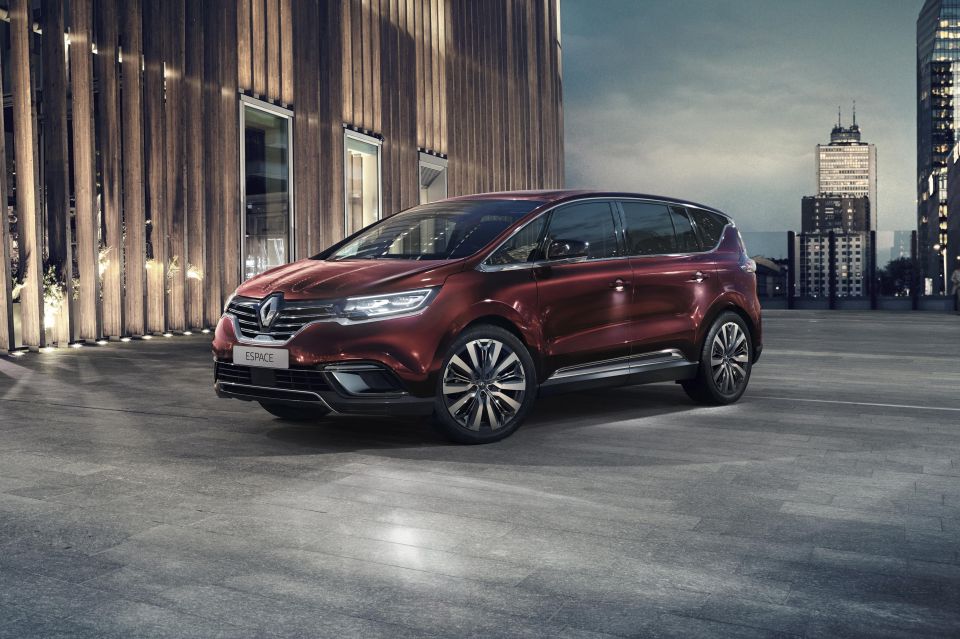
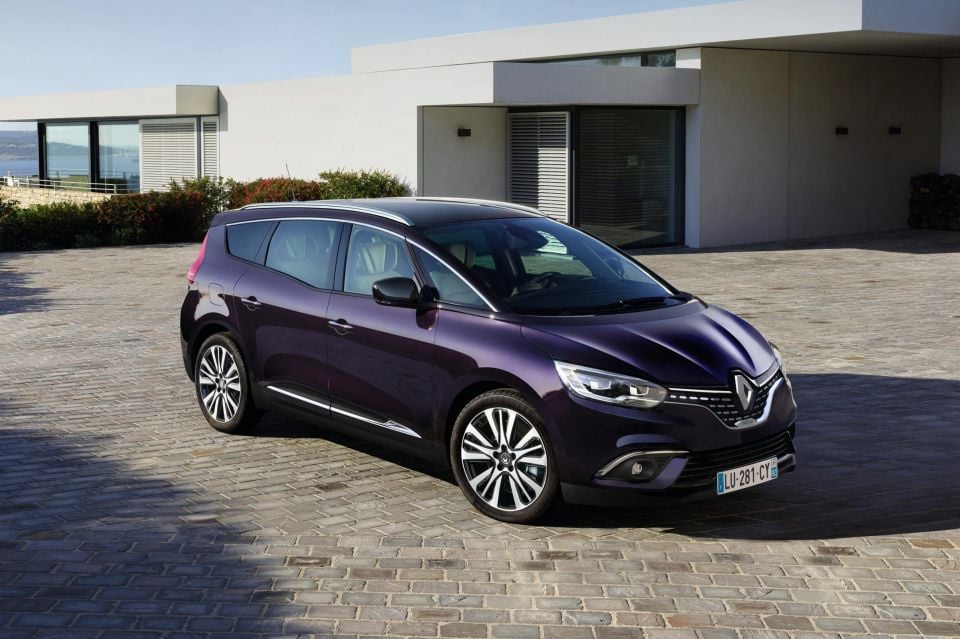
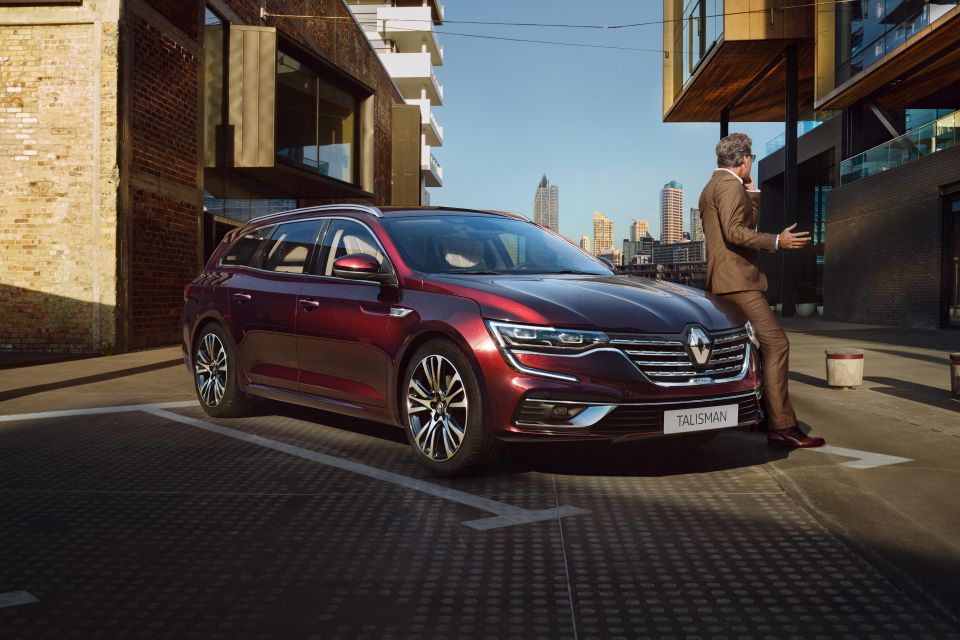
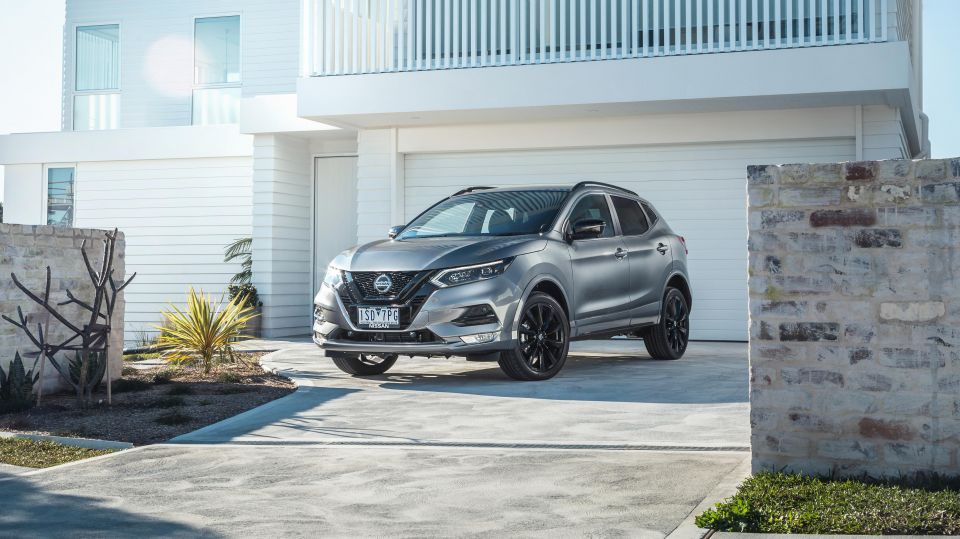
While the Alliance describes CMF as a bank of parts, or modules, that can be used across different vehicles, there remain certain ‘collections’ of parts that are more suited to a particular vehicle segment.
Much like how CMF-EV is a collection of CMF parts suitable for electric vehicles, there are also collections of parts suitable for light cars, small cars and medium cars.
The CMF was first announced in mid-2013, with the first Nissan vehicles to use it, namely the Qashqai and X-Trail, released in late-2013. Renault followed a year later with the launch of new versions of the Espace, Scénic and Talisman (none of which were sold in Australia).
The first Mitsubishi vehicle to adopt the CMF is the recently launched Mitsubishi Outlander.
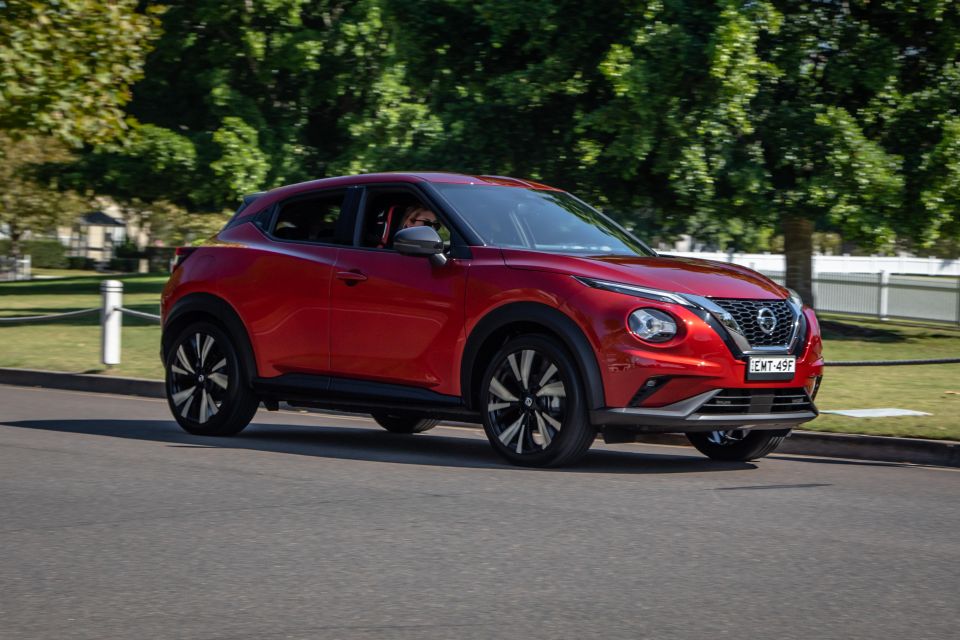

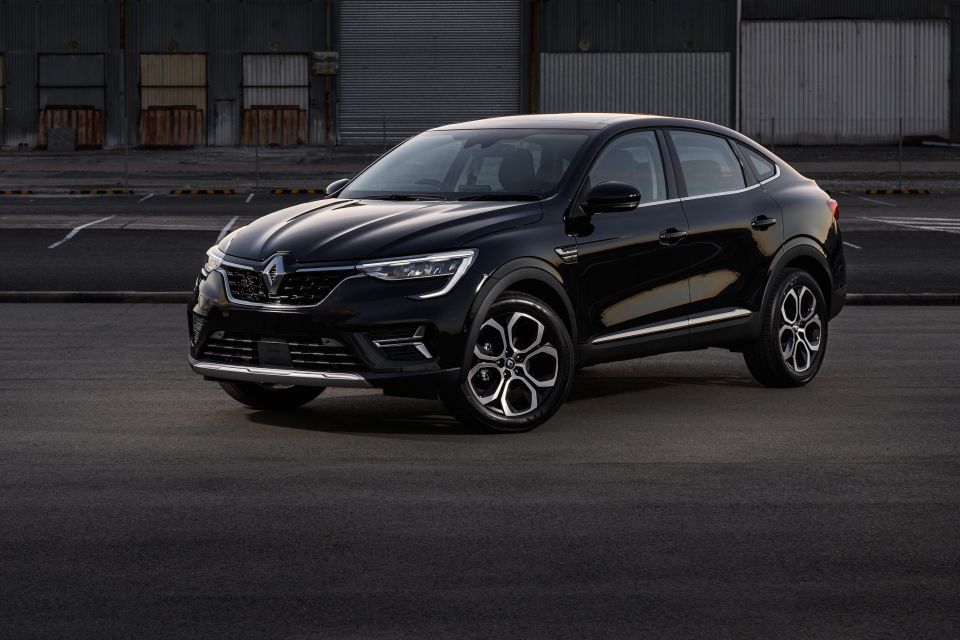
For light cars and superminis, the Alliance uses the CMF-A or CMF-B module collection. While no cars using CMF-A are sold in Australia, overseas, this collection is used for vehicles intended for developing markets such as India, including the Renault Kwid, Datsun redi-Go and Renault Triber and Kiger small SUVs.
CMF-B has a greater presence in Australia, with vehicles such as the Renault Captur and Arkana and Nissan Juke SUVs all sold locally and incorporating parts from the CMF-B library.
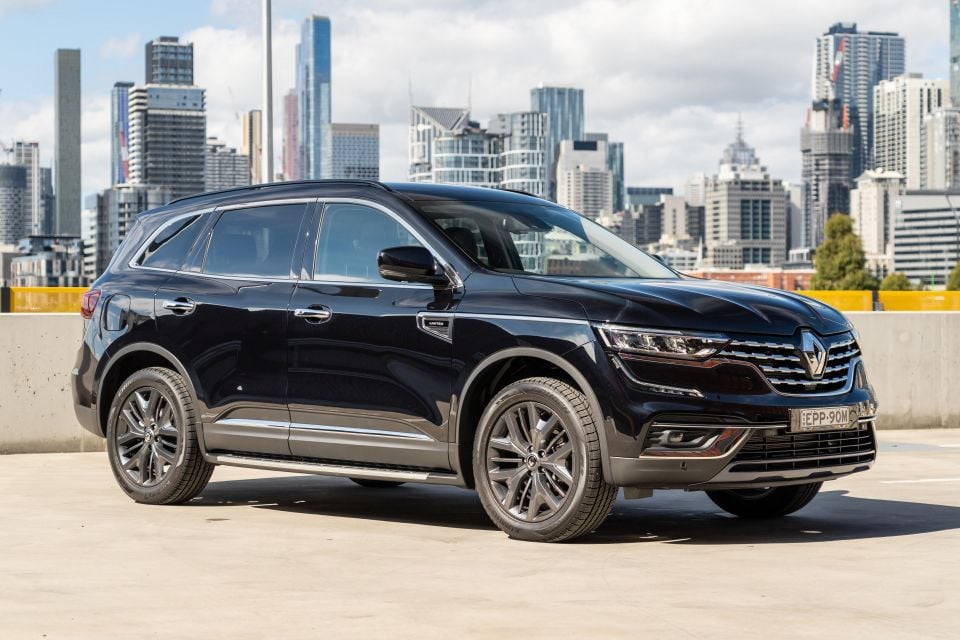
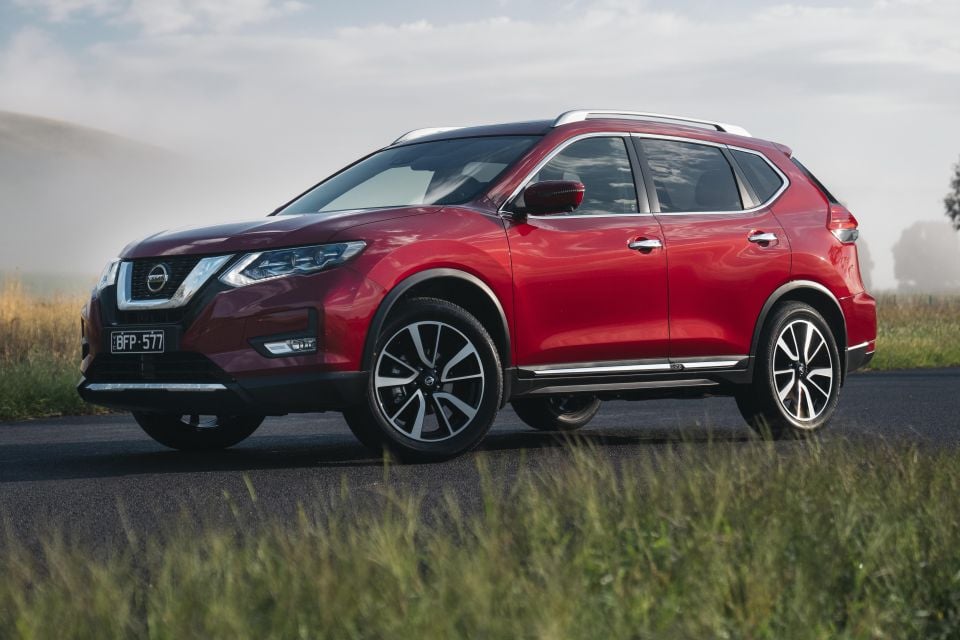
Medium cars are perhaps the segment in which the flexibility of the CMF is on full display through the CMF-CD module collection.
On the Renault side, everything from the Kadjar SUV and its Austral replacement, as well as the Koleos medium SUV and the third-generation Kangoo van, all use CMF-CD.
Meanwhile, Nissan has used the CMF-CD library of parts across two generations of Qashqai and X-Trail, while Mitsubishi, now effectively under Nissan control, has also used it for its latest Outlander.
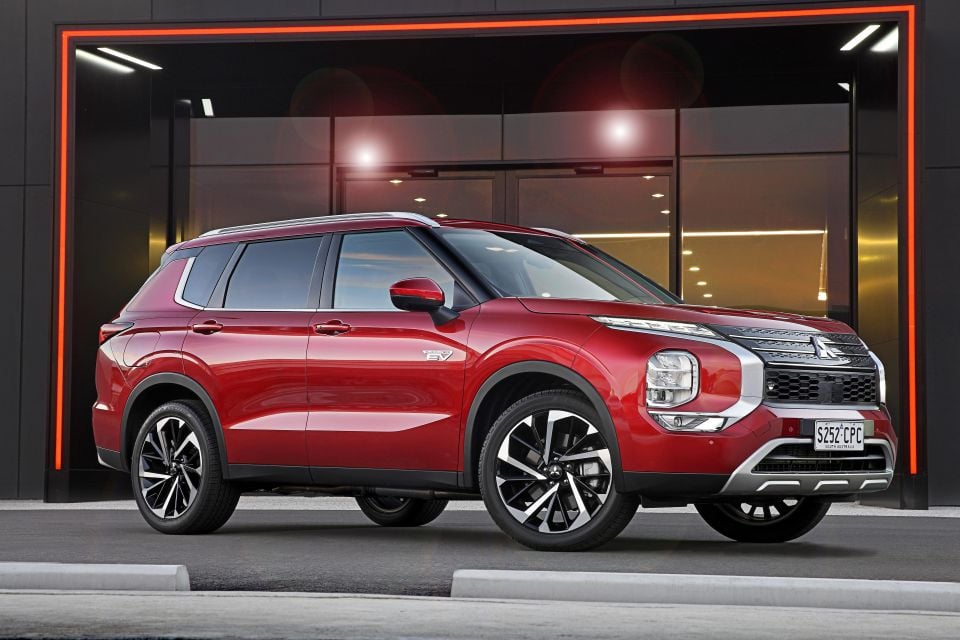
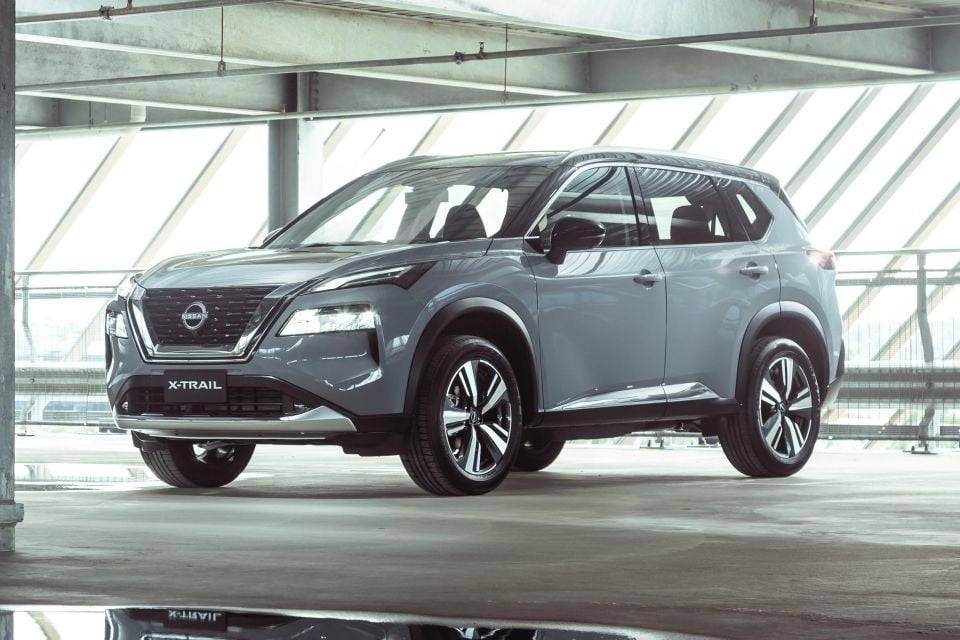
Note that unlike models using VW’s MQB toolkit, there remains a high level of differentiation between CMF-CD models. For example, despite adopting CMF-CD for the latest Outlander, Mitsubishi is able to retain its trademark plug-in hybrid (PHEV) and Super-All Wheel Control (S-AWC) all-wheel-drive technology, with this currently not being shared with the Renault Koleos or Nissan X-Trail equivalents.
Nissan, meanwhile, exclusively offers its e-Power hybrid system on Qashqai models whereby only an electric motor drives the wheels. In contrast, Renault offers its own exclusive technologies on models such as the new Austral, such as 4Control rear-wheel steering, Android Automotive and mild-hybrid powertrain options.
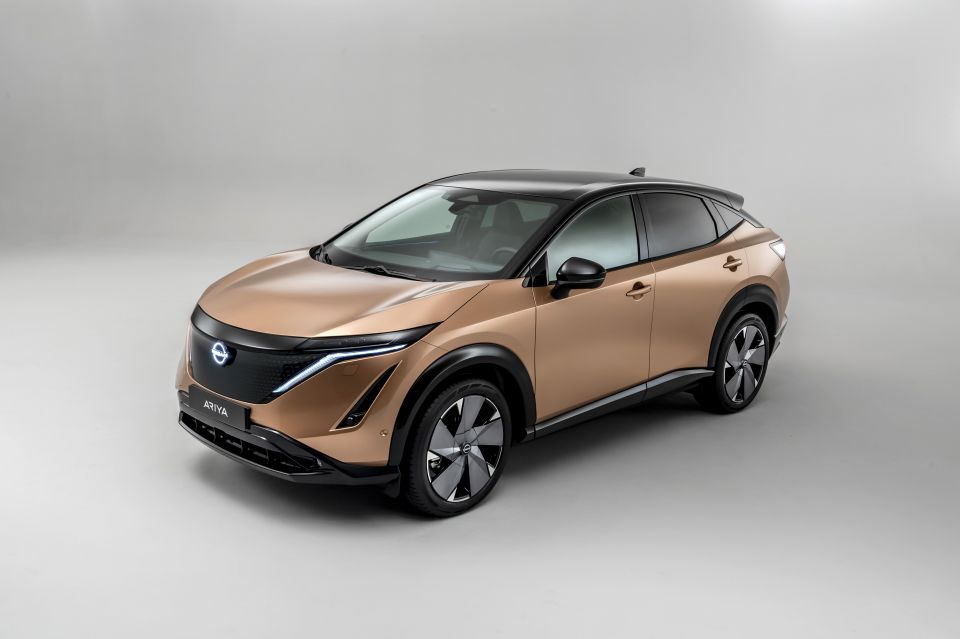
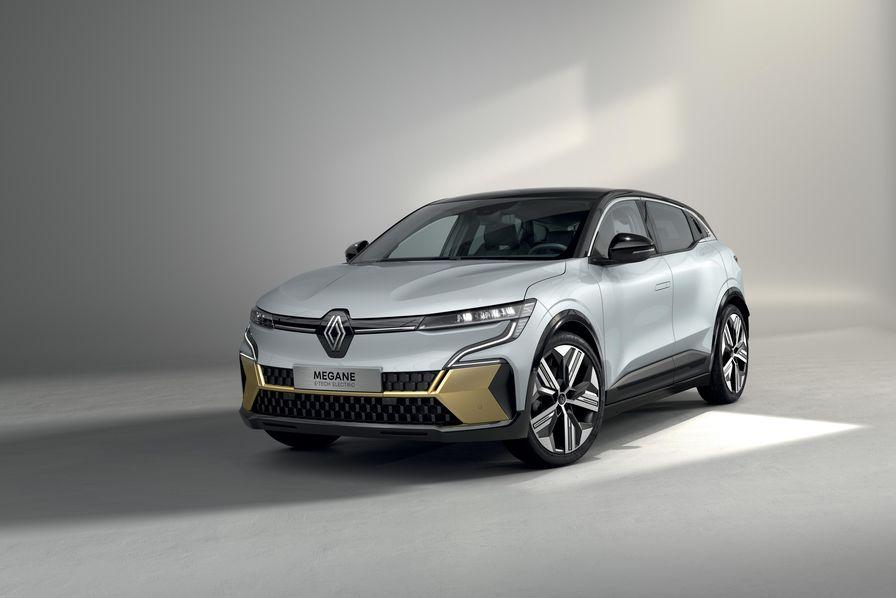
As mentioned above, the Alliance has also developed derivatives of the CMF to work with battery electric vehicles. In Australia, the first model to be sold that uses CMF in a battery-electric context will be the Renault Megane E-Tech Electric SUV, which will incorporate parts from the CMF-BEV library.
First deliveries of the E-Tech Electric are expected towards the end of 2023, and it’ll be available with a 60kWh battery to offer a maximum range of 470km on the WLTP cycle.
Nissan’s new Ariya SUV also makes use of CMF-BEV, though the company hasn’t confirmed local launch timing yet.
For other markets, Renault also has a CMFA-BEV module library that adapts CMF-A for battery electric vehicles. Examples of cars based on this module collection include the Renault City K-ZE, an EV variant of the Renault Kwid, which is also sold in Europe as the Dacia Spring Electric.


Matt Campbell
1 Hour Ago


Max Davies
17 Hours Ago


William Stopford
17 Hours Ago


Derek Fung
18 Hours Ago


Max Davies
1 Day Ago


William Stopford
2 Days Ago